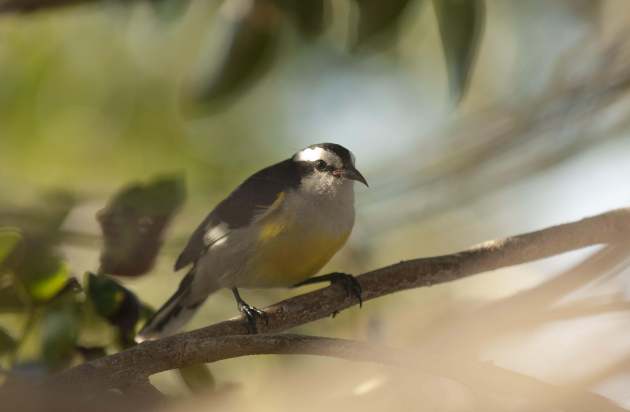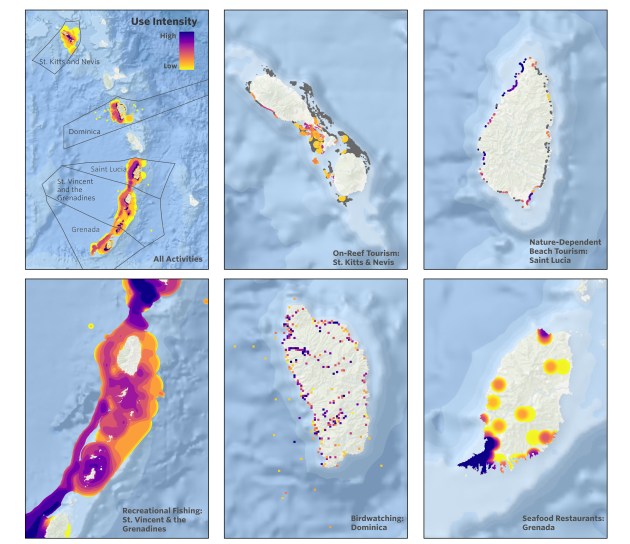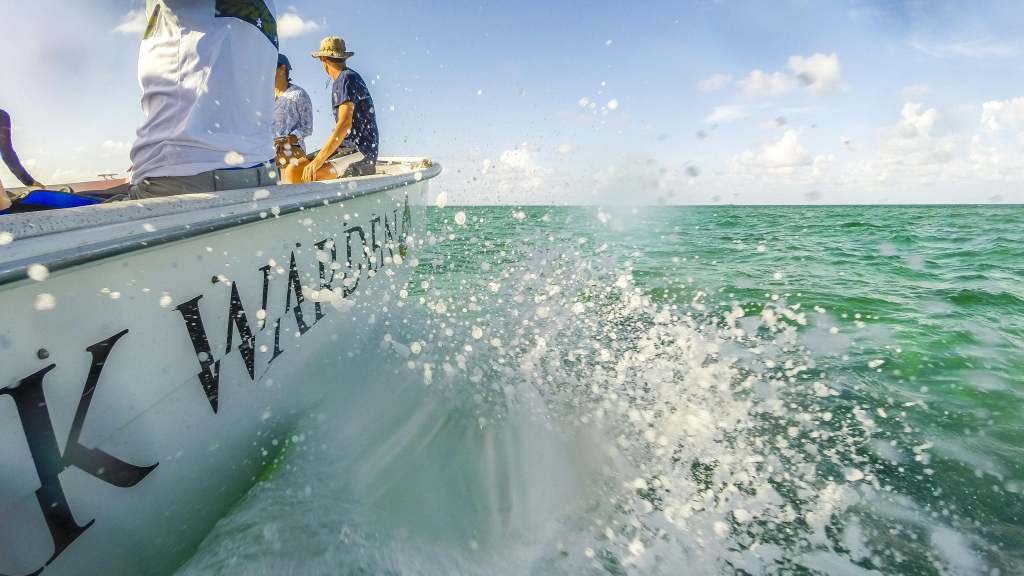For years the idea that nature and tourism are linked has been kept largely—and unhelpfully— confined to a series of studies on wildlife watching or scuba diving and filed under the heading: “nature-based tourism.”
But that doesn’t come close to telling the whole story of how closely tourism is actually tied to nature, especially in places like the Eastern Caribbean, where tourism is the most important industry, largest employer and greatest foreign-exchange earner in the region.
How do we know there’s more to the story? Well, some of you told us. Sort of. (More on that in a minute).
The Challenge: Good Management Needs Good Maps, Good Maps Need Good Data
In the crowded spaces between land and sea there are often competing demands for development, access and use of coasts and oceans, for fisheries, shipping, offshore energy and the list goes on.
The solution to managing such demands must be a clear understanding of the needs of all users, avoiding conflicts and building synergies. In such discussions, tourism is too important to ignore, but the contribution of healthy nature to that tourism is often overlooked. To plan in an inclusive and holistic manner, to prioritize and to quantify tradeoffs and potentialities, people need reliable information about the nature that underpins their lives and livelihoods.

This challenge is especially acute in tourist-dependent places like the Eastern Caribbean. The challenges here made it the ideal place for TNC, in partnership with the Organisation of Eastern Caribbean States, TripAdvisor (and with AI support from Microsoft Azure, AI for Good Lab and from UC Santa Barbara) to develop and test a novel use of big data and artificial intelligence combined with local expert engagement to develop a comprehensive and high resolution understanding of the value of nature across five small-island (= big ocean) states.
The results of this work are published in The Journal of Environmental Management and have application in other places where tourism is an important part of local economies.
How it Works (and Where You Come in)
It might start with breakfast. Maybe you’re just finishing a fabulous meal while looking over the beach, on the last day of your trip of a lifetime in the Caribbean. Maybe you’re thinking about leaving a few reviews or tips for other travelers to learn from on an app like TripAdvisor, maybe you want to share some images there and on another app like Flickr.
Maybe you’ll mention the room and the bar staff, but what about the beach with its amazing view of the forests beyond, the white sand and the clear water? The snorkel trip too, on the boat, with the passing dolphins? And that restaurant in the nearby town with the amazing grilled mahi-mahi!
Fast-forward a year and an unknown researcher has just read your review, while another has looked at your photos. They are not remotely interested in you per se and, in fact they can’t see any identifying information, but they do want to know what you saw, what you did and what you liked.
They want to know because your recorded experience is a treasure trove of data that can be used to train an artificial intelligence program to find more examples of people who did, and liked, some of the same things you did. So much of the power of big data is in the power of aggregating, organizing and analyzing huge amounts of information.
Now give that AI program 364,000 other reviews and 190,000 other photos and let it run. In just a few moments it generates lists, numbers and locations—where people enjoyed fresh seafood, where they went kayaking, or swam over the corals, or hooked their own prize catch. And that data can be turned into actionable information, like maps to help guide planning.

You can tell a lot about people’s values from where they point their cameras. Even subconsciously, most people manoeuvre to get a particular background—it may be the clear turquoise water, white sand and forests, or it may be interesting décor at a bar.
With enough independent images researchers can get an understanding of important natural values for every beach in a given country simply by looking at what’s in the frame of the photos people are sharing online.
Researchers can train AI to recognise not only beaches, but also the natural values of those beaches.
There’s Always More to the Story
For this project, my colleagues and I generated heat-maps showing fine detail of the intensity of tourism’s dependence on nature using AI, as well as by bringing in other elements of “big data,” including more photos from Flickr, user-generated dive-site databases and the bird-watching app eBird.

But then, because data alone never tells the whole story of anything, the people who live in communities with tourist-based and dependent economies add their knowledge, perspectives and data to help reveal the depth and nuance of the relationships between nature and tourism. AI and big data alone actually aren’t enough to understand small islands (and let’s be honest there’s something cheering about that!).
The story may be data but it begins and ends with people in a particular place and how they understand and interpret the values of those places.
All Conservation is Local
From the start, our models were driven by local demand, starting with a wonderful, highly interactive workshop in St. Lucia. People from each country supported and guided us, helped us to check and tweak our models, and in many cases generated critical new information.
For some of our models, TripAdvisor was only able to tell us where people set off from: on fishing trips or to go and watch whales and dolphins. To find out where they went, we engaged community mapping workshops in each country with the tourism industry and mapped the wide ocean stretches where their boats range.

More information and our reports can be read on our Mapping Ocean Wealth site. These, together with an online mapping tool, were shared with the OECS and the governments of each country, and are now supporting the ongoing process of planning and managing the “blue economy” of these coastal states.
Nature-dependent tourism covers everything from beautiful beaches to local seafood restaurants, as well as fishing, snorkelling, paddleboards and more. From this perspective the dependence on nature is shot through almost every branch of tourism, particularly in the island nations of the Caribbean.
Tourism isn’t always a good thing for nature, but well-managed tourism can present a remarkable opportunity. The nature that forms the backdrop for a million memories is a gift that, if understood and carefully curated, will keep on giving.




Join the Discussion